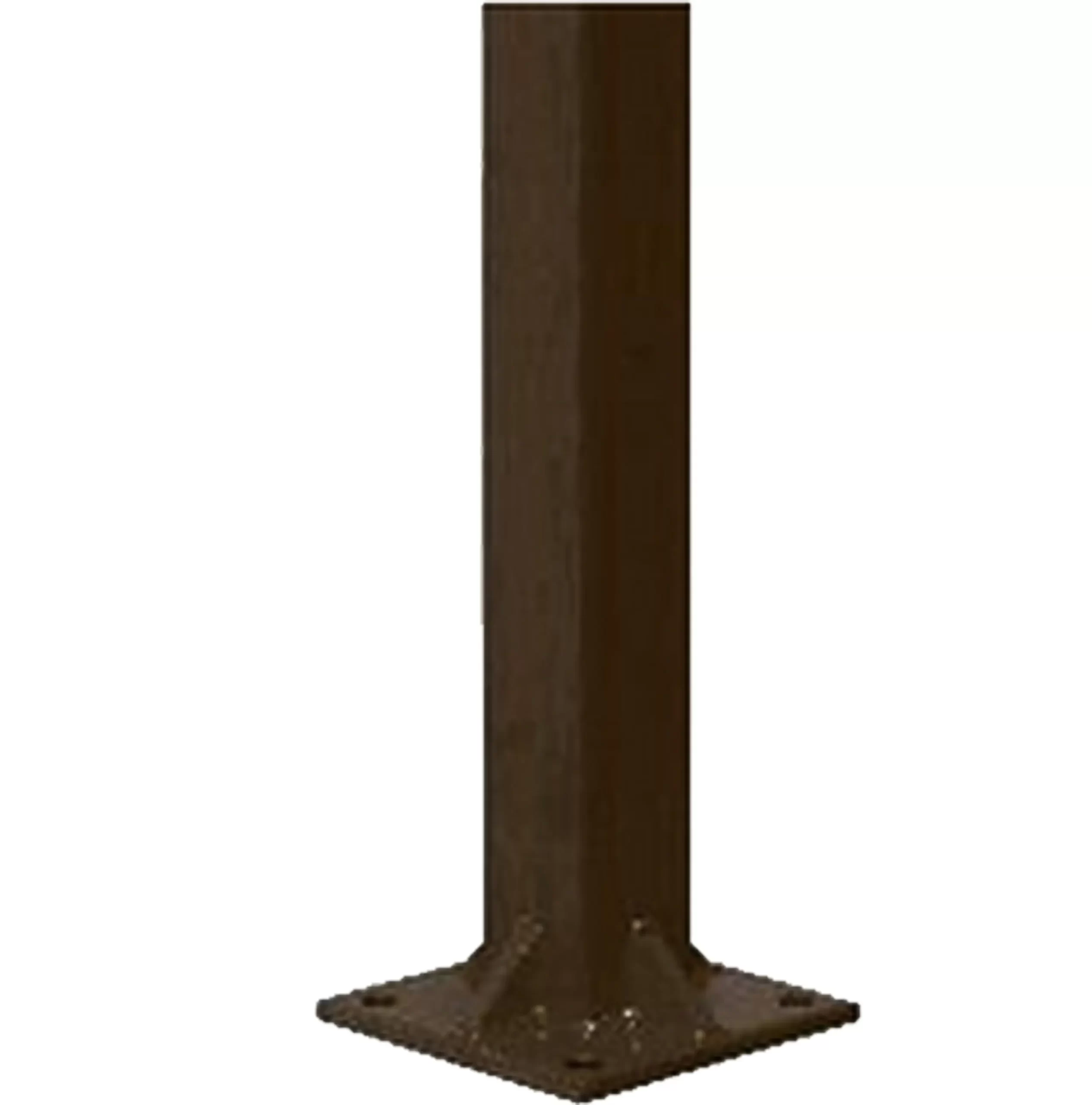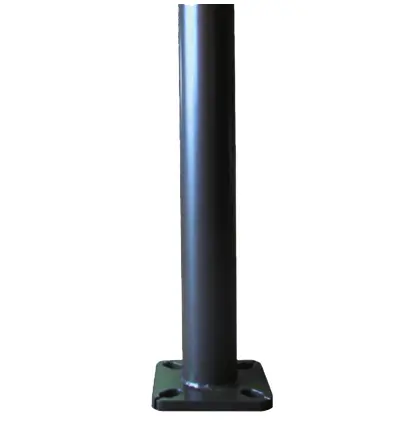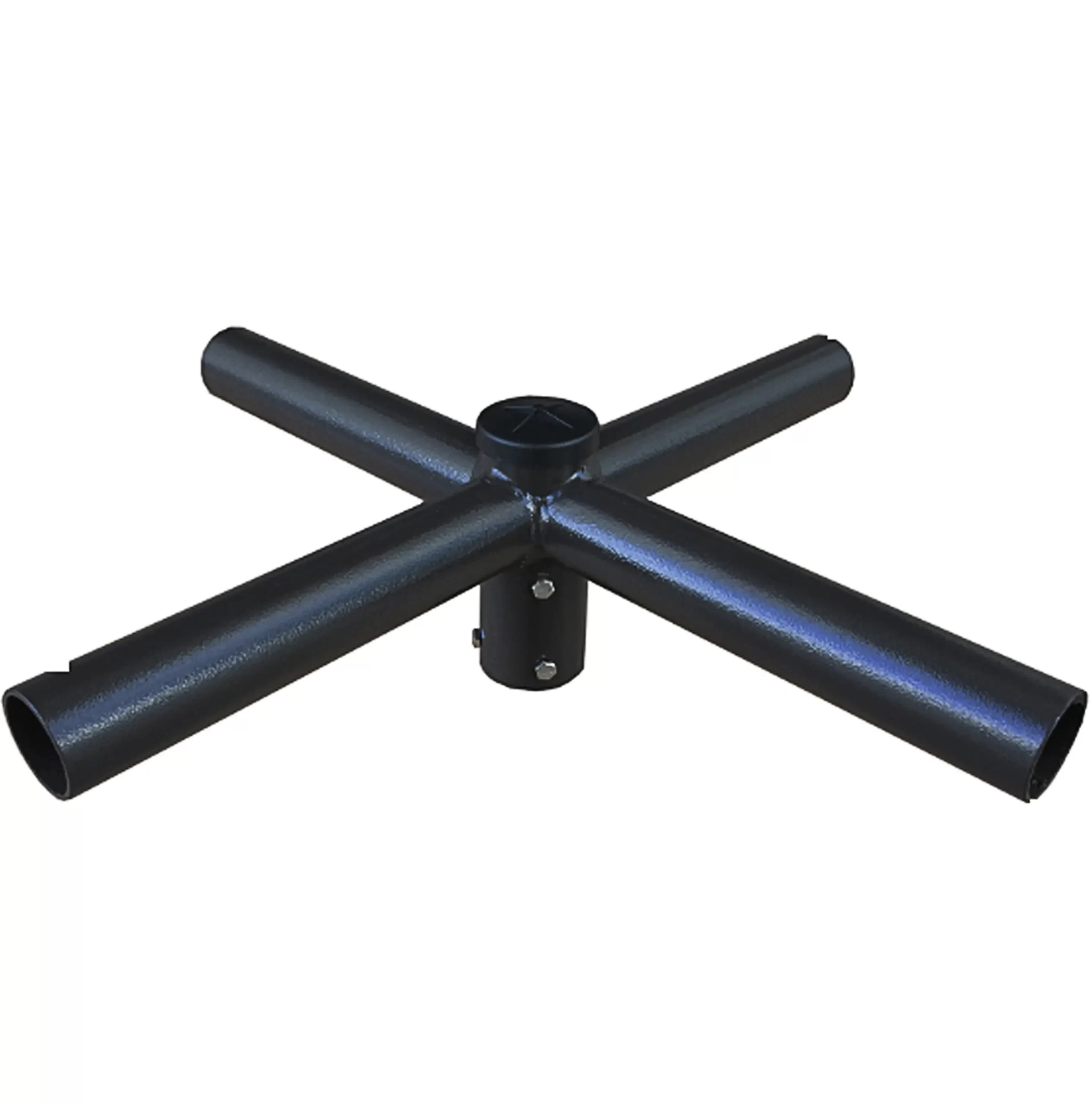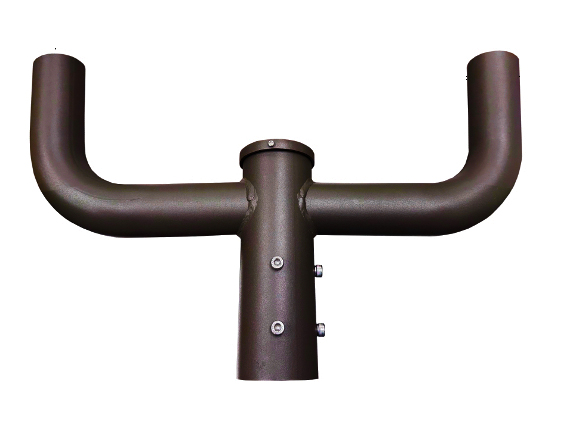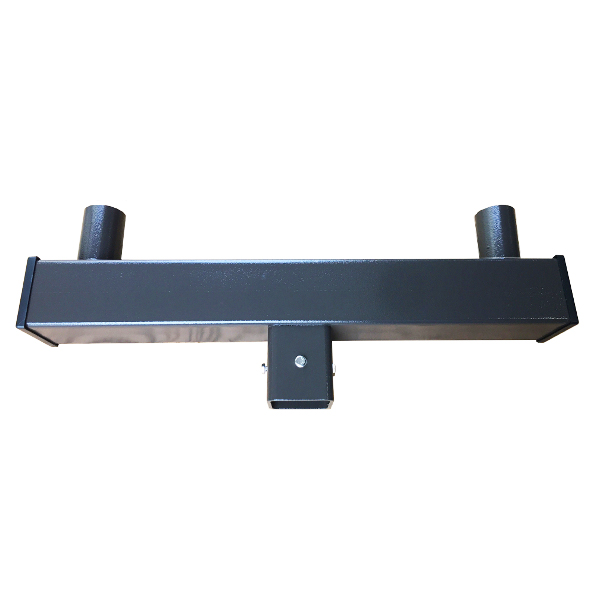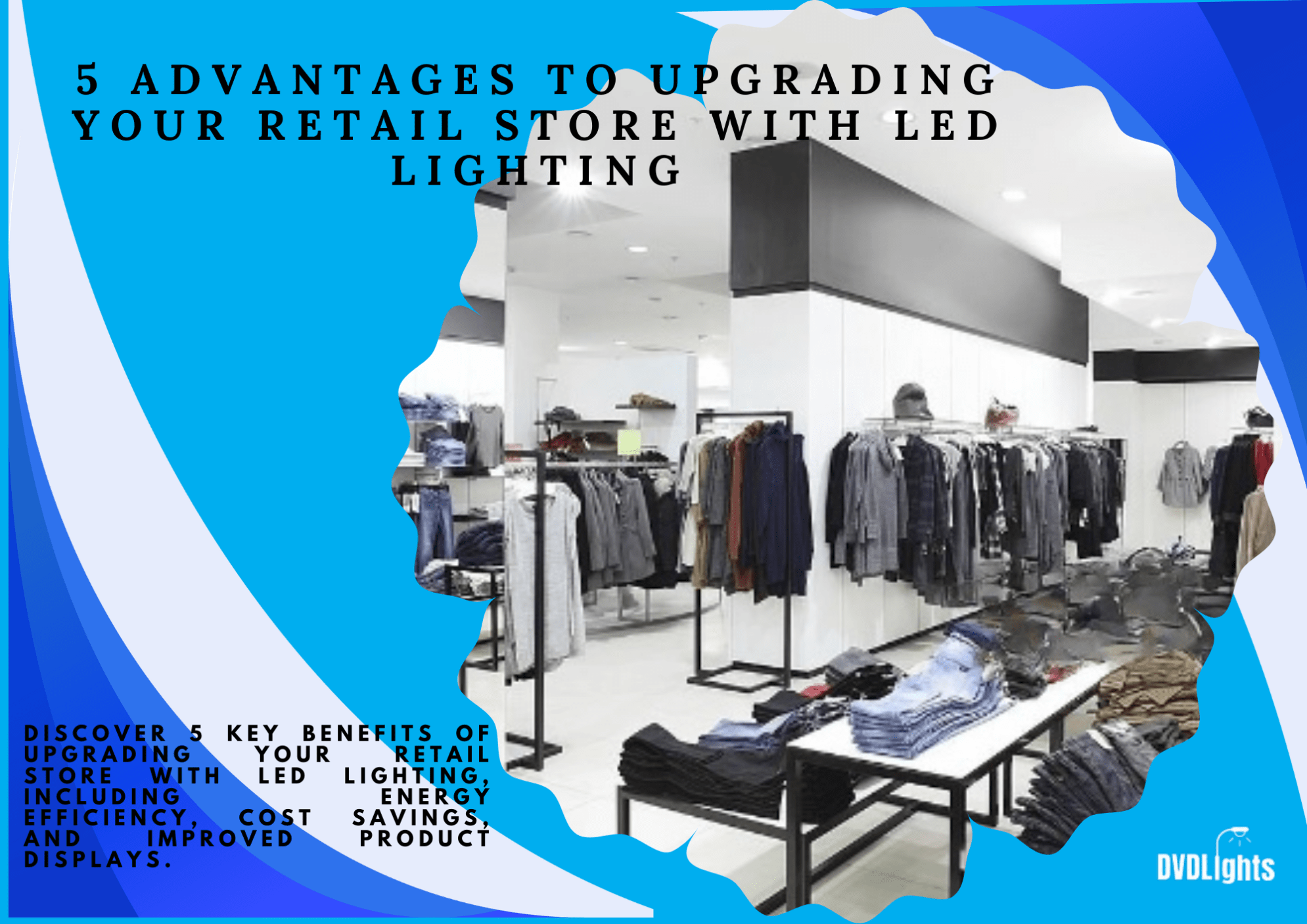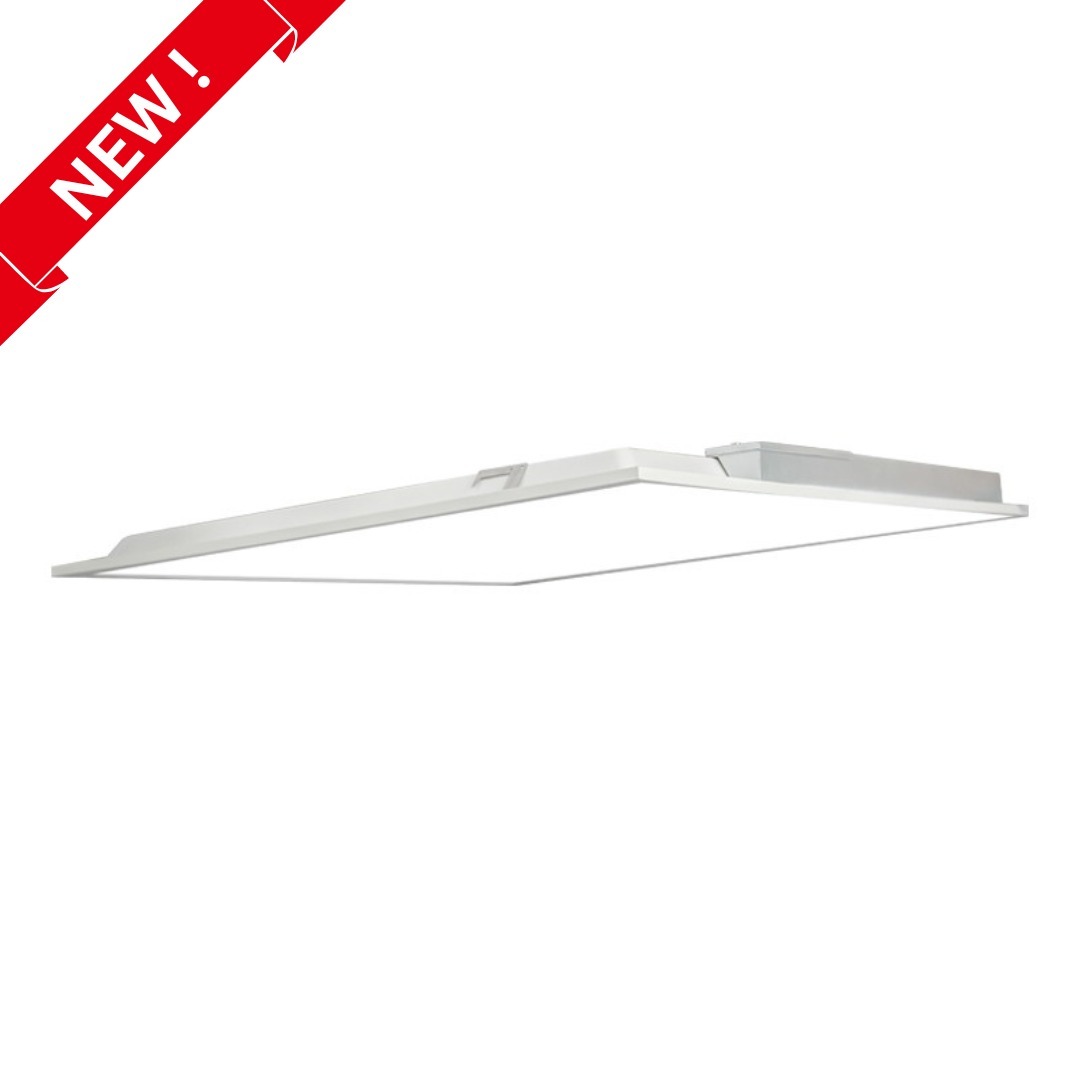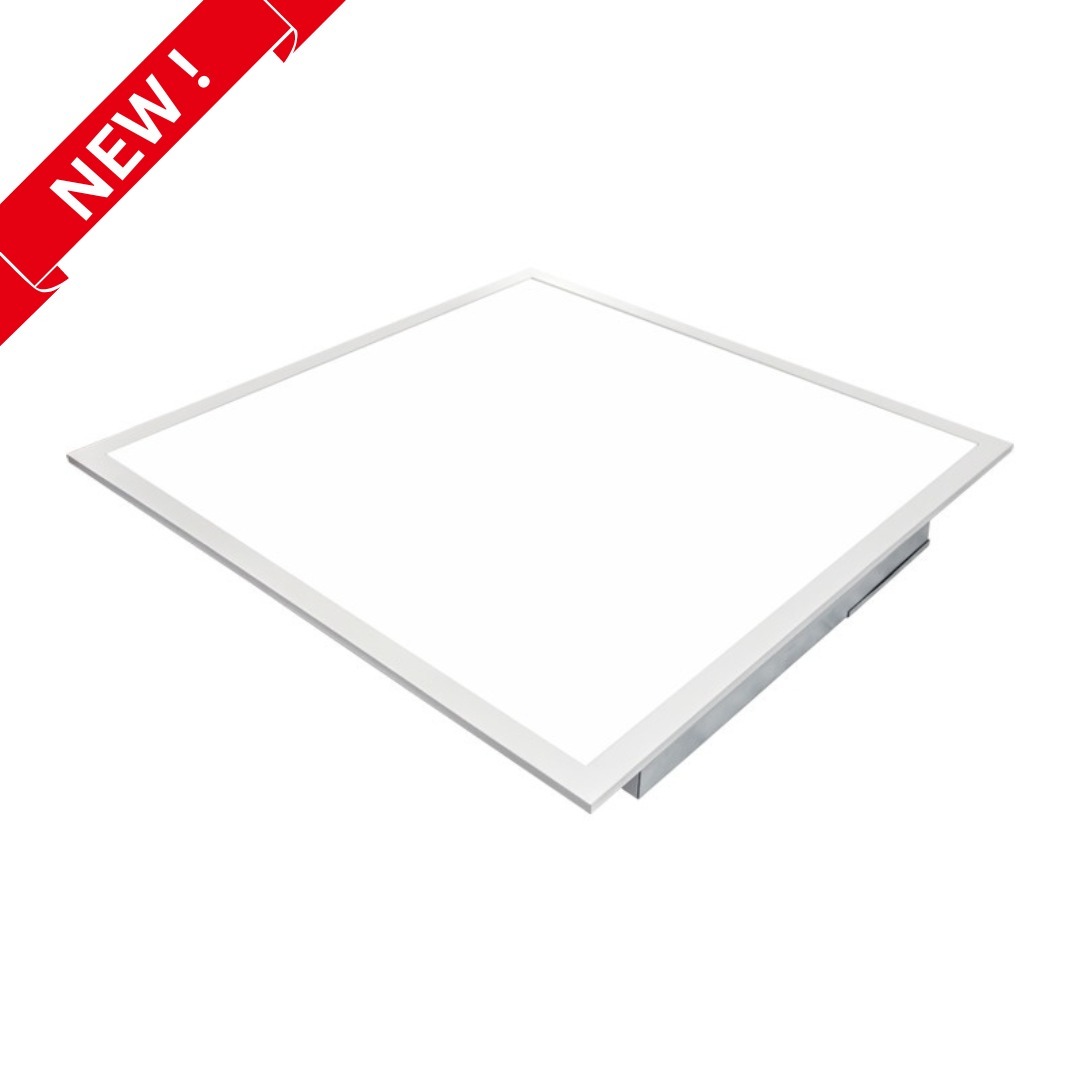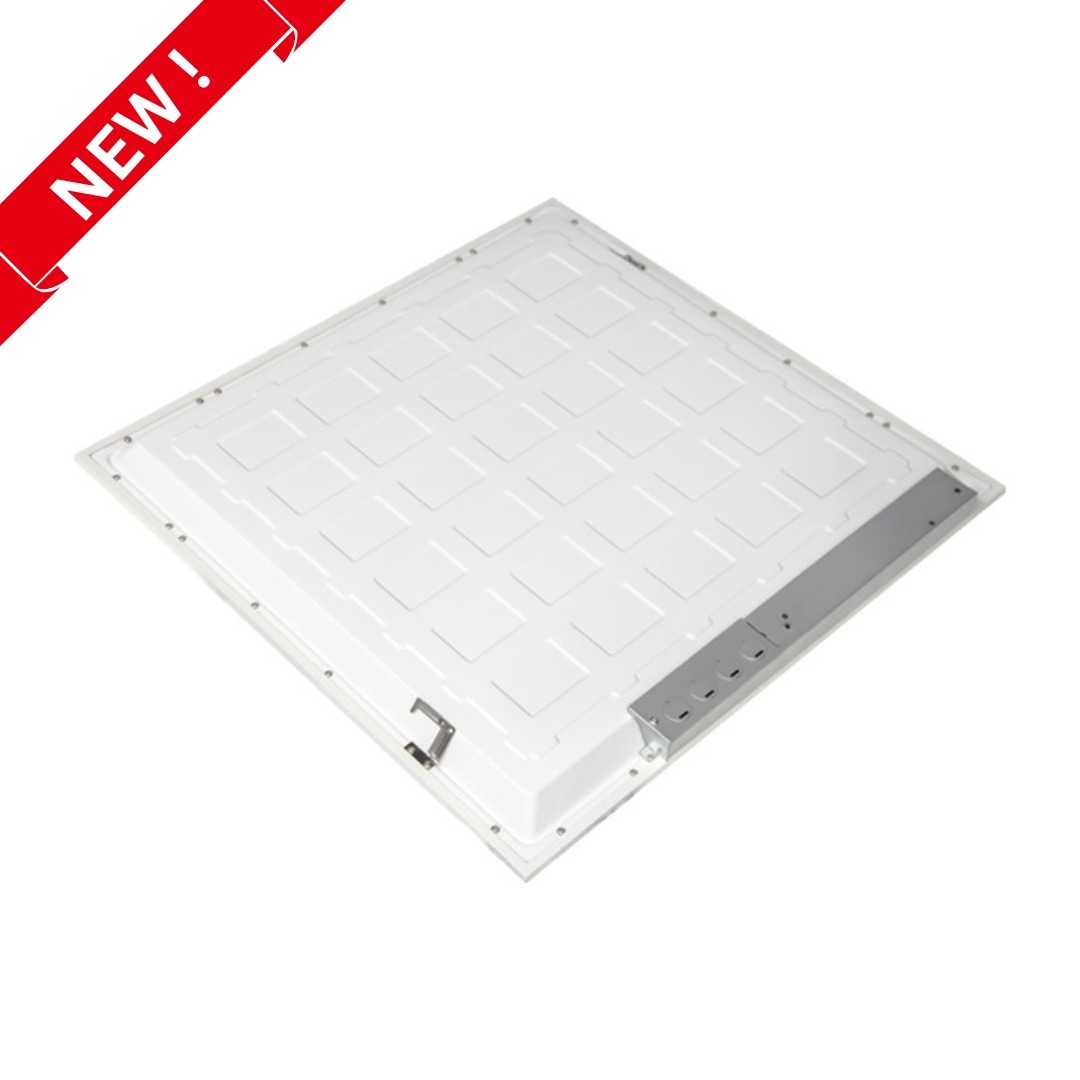The selection of appropriate light poles for your parking lot is the foundation on which a great, well-lit parking lot is built. Proper lighting enhances safety, visibility, and ambiance. We explore some of the major concerns when choosing the appropriate light poles for your parking lot lights: materials, designs, wind ratings, and mounting options—what will get you the right one for your parking lot light poles.
Main Considerations When Selecting Light Poles for Parking Lot Light
What to Consider When Buying a Parking Lot Light
While buying parking lot lights, consider their light output, efficiency in using energy, durability, and lifespan. In a comparison to all other kinds, LED lights are able to give enormous advantages in energy savings and a long life span.
How to Select the Best Light Pole for Parking Lot Lights
Factors to consider while choosing light poles include the material to be used, the strength required, aesthetic value, and the process of erection. The selected material will determine durability against natural elements.
How Choosing the Right Pole Light Affects Overall Lighting
Light pole selection impacts overall lighting performance dramatically, in terms of uniformity, glare control, and distribution. Choosing the right light pole for an application will help ensure optimal illumination and increased visibility.
Wind Ratings
Knowing the wind rating as it relates to light poles is very important for structural integrity. A wind rating specifies the amount of wind that the pole can withstand before it either becomes damaged or falls.
Different Types of Parking Lot Light Poles
Common Materials Used for Parking Lot Light Poles
Most common materials used to make a parking lot light pole include steel, aluminum, and fiberglass; each of these materials has its own advantages of strength, resistance to corrosion, and cost.
How to Choose a Light Pole
Factors that one looks at include the strength of the material, aesthetics, cost, and environmental suitability when selecting a light pole. All of these aspects must, therefore, be assessed to help determine the most suitable light pole for specific parking lot lighting requirements.
Different Designs and Configurations of Light Poles
Design and configuration of light poles do take a big part in light distribution, control of glare, and general attractiveness. These factors should be considered in assuring that the correct design light pole is selected consistent with the desired lighting objectives.
Round vs. Square Light Poles
Most of the decision between a round versus square light pole really comes down to aesthetics and personal preference. That said, square poles generally have much more surface area, and the additional sides allow for more luminaire mounting options and increased wind resistance.
Types of Parking Lot Lighting Distribution
There are several kinds of distributions regarding parking lot lighting: Type I, Type II, Type III, and Type V, each intended for the pattern of illumination that is desired. Each type of distribution is developed for different parking lots and requirements.
Recommended Spacing Between Light Poles
The spacing of light poles will depend on mounting height, light output, and the desired level of illumination. By combining lighting industry guidelines and specific requirements in a given lot, a determination of the proper spacing between the poles can be established.
Benefits of Steel Light Poles
How Steel Light Poles Compare to Other Materials
Steel light poles are known to have excellent durability and strength and are resistant to harsh weather conditions, which in turn make them cost-effective for illumination purposes in a parking lot. With an exceptionally long service life and low maintenance cost, they actually represent good value for money. The steel light poles are normally strong and can withstand a good amount of wind, thereby providing stability and reliability to the parking lot lights.
Cost-Effectiveness
Some of the cost-effective options in parking lot lighting towers are steel light poles, which are very durable and long-lasting. They need very minimal maintenance to keep them functional, thus minimizing expenses.
Maintenance Required
Another option is steel light poles, which are low maintenance, corrosion- and pest-proof, and resistant to weather elements with a very long life, excluding frequent repairs or replacement.
Benefits of Aluminum Light Poles
Unique Characteristics of Aluminum Light Poles
Aluminum light poles have their advantages, chiefly in corrosion resistance and light construction.
Lightweight Construction
These aluminum light poles are far lighter than their steel counterparts and, hence, easy to handle and fix. Lightness also reduces costs related to transportation.
Corrosion Resistance
Corrosion resistance is intrinsic in aluminum, making this material very suitable for outdoor applications like lighting in parking lots. It has very good resistance to moisture, salt, and other elements that contribute to its durability.
Mounting Options for Parking Lot Light Poles
Different Mount Options
There are multiple means of mounting pole lights, depending on the application. Accessories and brackets, like tenons and bullhorns, enable mounting of the lights in such a way as to optimize their light output and coverage. Many brackets, such as slip fitter mounts, direct arm mounts, and yoke mounts, can be used in mounting the lights onto poles. Each mounting alternative provides certain advantages associated with particular installation requirements and site conditions.
Conclusion
While illumination and safety drive the choice of light poles for parking lot lights, there is more to it. Material, wind ratings, height, and spacing come into consideration in making a choice. Steel light poles will offer durability and are more cost-effective, while aluminum light poles have properties such as corrosion resistance with lightweight construction. Choose galvanized steel poles that are hot-dipped galvanized to ASTM A-123, polyester powder coating baked at 200°C, or a combination thereof for added performance. Such finishes provide excellent protection against corrosion and ensure a long service life.
Greater mounting options provide even better customization and installation. With all of the above in mind, you can design your perfect parking lot lighting system to serve all your needs. Light up that parking lot in confidence, bringing out safety and a welcoming ambiance for every visitor.
FAQs
1. What materials are commonly used for parking lot light poles?
Steel, aluminum, and fiberglass are commonly used materials, each offering unique benefits such as strength, corrosion resistance, and affordability.
2. How does wind rating affect light pole selection?
Understanding the wind rating helps ensure the light pole can withstand harsh weather conditions, minimizing the risk of damage or collapse.
3. What are the benefits of steel light poles?
Steel light poles offer excellent durability, strength, and low maintenance requirements, making them a cost-effective option for parking lot lighting.
4. Why choose aluminum light poles?
Aluminum light poles are lightweight and resistant to corrosion, making them ideal for outdoor applications where these characteristics are essential.
5. What are the different mounting options for light poles?
There are several mounting options for light poles, each suited to specific installation needs and site conditions. Here are the common types:
Slip Fit Mount
A popular and straightforward method where the light fixture slips over the top of the pole and is secured with set screws. This design allows the fixture to fit snugly on the pole, making it a versatile choice.
Advantages: Easy to install and adjust, providing flexibility in directing the light. This method is cost-effective and ideal for quick installations or retrofits.
Direct Arm Mount
The light fixture is attached directly to the side of the pole using a horizontal arm. This method often involves a secure bracket that ensures the fixture is firmly held in place. Arms can be available to fit on round or square poles in addition, some can be mounted at a 90 degree fixed angle looking down or have an adjustability feature to angle the light up and down for customized coverage.
Advantages: Provides stable and secure attachment, ideal for applications needing fixed light direction. This setup is robust and can withstand harsh weather conditions, making it suitable for outdoor use.
Yoke Mount
The light fixture is mounted using a yoke or U-shaped bracket, which allows the fixture to pivot. This design is especially useful for directional lighting requirements.
Advantages: Offers excellent adjustability and flexibility in directing the light beam, making it suitable for various angles. It is ideal for environments where lighting needs to be frequently adjusted, such as sports fields or event spaces.
Tenon Mount
Involves attaching the light fixture to a tenon, a pole adapter that is then inserted into the pole. This setup allows for secure mounting and is often used with larger poles.
Advantages: Provides a secure and versatile mounting solution, supporting larger fixtures. It ensures stability and durability, which is essential for heavy-duty lighting applications like highways or large parking areas.
Bullhorn Mount
Uses a bullhorn-shaped bracket that can hold multiple fixtures on a single pole. This method is effective for wide-area illumination.
Advantages: Ideal for achieving broad light coverage with multiple fixtures, often used in parking lots and roadways. This setup maximizes lighting efficiency and minimizes the number of poles needed, reducing clutter and installation costs.
Wall Mount
The light fixture is attached to a wall bracket instead of a pole, making it a practical solution for areas where pole installation is not feasible.
Advantages: Suitable for applications where pole installation is impractical, providing space-saving options. It integrates well with existing structures, offering a clean and unobtrusive appearance while ensuring effective illumination.
Base Plate Mount
The pole is secured to a base plate, which is then bolted to a concrete foundation. This method is known for its robustness and reliability.
Advantages: Ensures stability and is suitable for heavy or tall poles, providing a solid foundation. This type of mounting is highly durable and can support significant weight, making it ideal for high-mast lighting and other demanding applications.
Trunnion Mount
Similar to a yoke mount but typically used for larger fixtures, the trunnion mount allows for precise aiming and adjustment of the light fixture.
Advantages: Offers flexibility in directing the light, making it suitable for specialized lighting needs. This mount is particularly useful in areas where specific light coverage is necessary, such as industrial sites or large outdoor areas.


